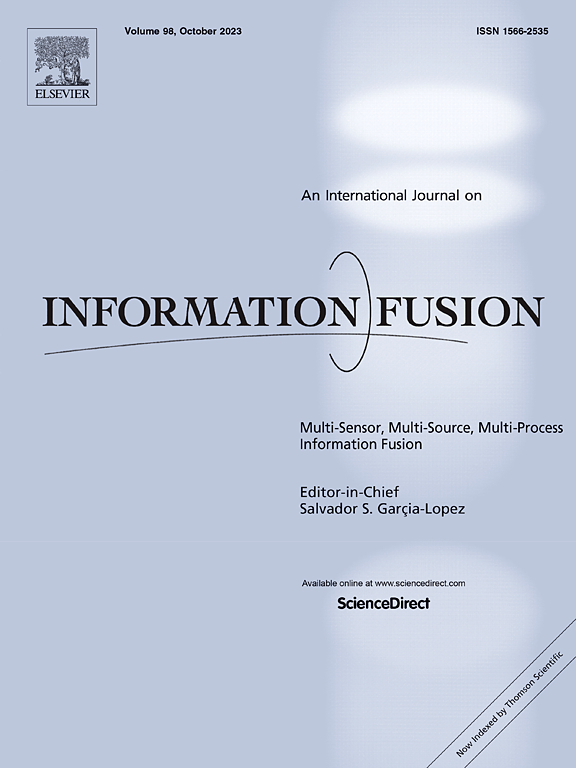Tensor-driven face recognition: Integrating super-resolution and multilinear subspace learning for low-resolution images
IF 14.7
1区 计算机科学
Q1 COMPUTER SCIENCE, ARTIFICIAL INTELLIGENCE
引用次数: 0
Abstract
Low-resolution face recognition poses substantial challenges in computer vision and biometrics, especially in real-world applications such as surveillance, where images are often degraded by limited resolution, low lighting, and noise. These constraints impair facial detail and complicate distinguishing features, making it difficult for conventional recognition systems to achieve high accuracy. This paper introduces a novel approach that combines super-resolution techniques with multilinear subspace learning to enhance recognition accuracy in low-resolution conditions. The proposed methodology employs high-order tensors to represent multidimensional face data and leverages Tensor Cross-View Quadratic Discriminant Analysis (TXQDA) as a powerful multilinear subspace learning tool. We evaluated the system’s performance across two distinct scenarios. First, we assessed very low-resolution face images to examine how multilinear subspace learning impacts recognition accuracy, downscaling face images to three spatial scales (16x16, 32x32, and 48x48). In the second scenario, we applied three advanced super-resolution models Real-ESRGAN, SRGAN, and SRResNet exploring the effects of a 4x upscaling factor on recognition accuracy. Our approach was validated using the Labeled Faces in the Wild (LFW), CelebFaces Attributes (CelebA), and QMUL-SurvFace datasets, achieving substantial accuracy improvements and showcasing its potential for biometric security applications. Our method achieved best-in-class verification rates, achieving 99.17% on the LFW dataset, 90.90% on the CelebA dataset, and 76.90% on the QMUL-SurvFace dataset, underscoring its effectiveness in challenging low-resolution conditions.
求助全文
约1分钟内获得全文
求助全文
来源期刊

Information Fusion
工程技术-计算机:理论方法
CiteScore
33.20
自引率
4.30%
发文量
161
审稿时长
7.9 months
期刊介绍:
Information Fusion serves as a central platform for showcasing advancements in multi-sensor, multi-source, multi-process information fusion, fostering collaboration among diverse disciplines driving its progress. It is the leading outlet for sharing research and development in this field, focusing on architectures, algorithms, and applications. Papers dealing with fundamental theoretical analyses as well as those demonstrating their application to real-world problems will be welcome.
 求助内容:
求助内容: 应助结果提醒方式:
应助结果提醒方式:


